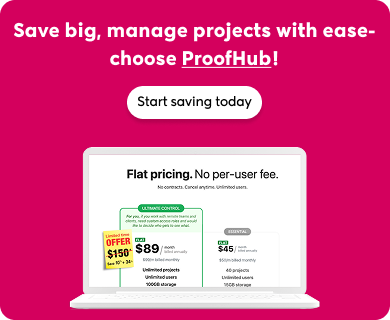Introduction
Every business has some ambitious goals to achieve. And it is only solid strategic planning that makes them attainable.
This involves establishing clear objectives and developing a thoughtful, actionable strategy that helps them realize their vision.
Yet, with ever-shifting priorities, fluctuating market conditions, and dynamic resources, managing these plans manually through spreadsheets and documents becomes problematic quickly. Teams become directionless and are often held up, missing deadlines and struggling with inefficiencies.
This is where strategic planning software comes into play. By shifting to this, businesses can streamline their processes, ensure alignment, and enhance collaboration through centralized information and real-time updates.
If you are looking to build a strategic plan or want to renew your current one, I have listed the 11 best strategic planning tools after a thorough evaluation. But let’s first understand strategic planning software in detail.
What is a strategic planning software?
Strategic planning software, or SPS, is a set of tools that help business managers build an actionable organizational strategy, execute initiatives precisely, and adapt to changes in real-time.
It creates a central command centre for businesses to analyze their current performance, define performance objectives, distribute resources, facilitate collaboration, and track performance towards the set business goals to stay on track. Imagine having a system that transforms your r visionary ideas into concrete actions, by aligning team efforts with the company’s mission and vision. That is the power of strategic planning software. Alongside helping you stay on course, it enables you to adapt to changes in real-time, ensuring all your strategies remain relevant and practical.
11 Best strategic planning software for business
If you are a data-driven decision maker or a streamlined strategist, here is an outlook of the top tools for strategic planning to choose the one that best compliments your workflow.
1. ProofHub
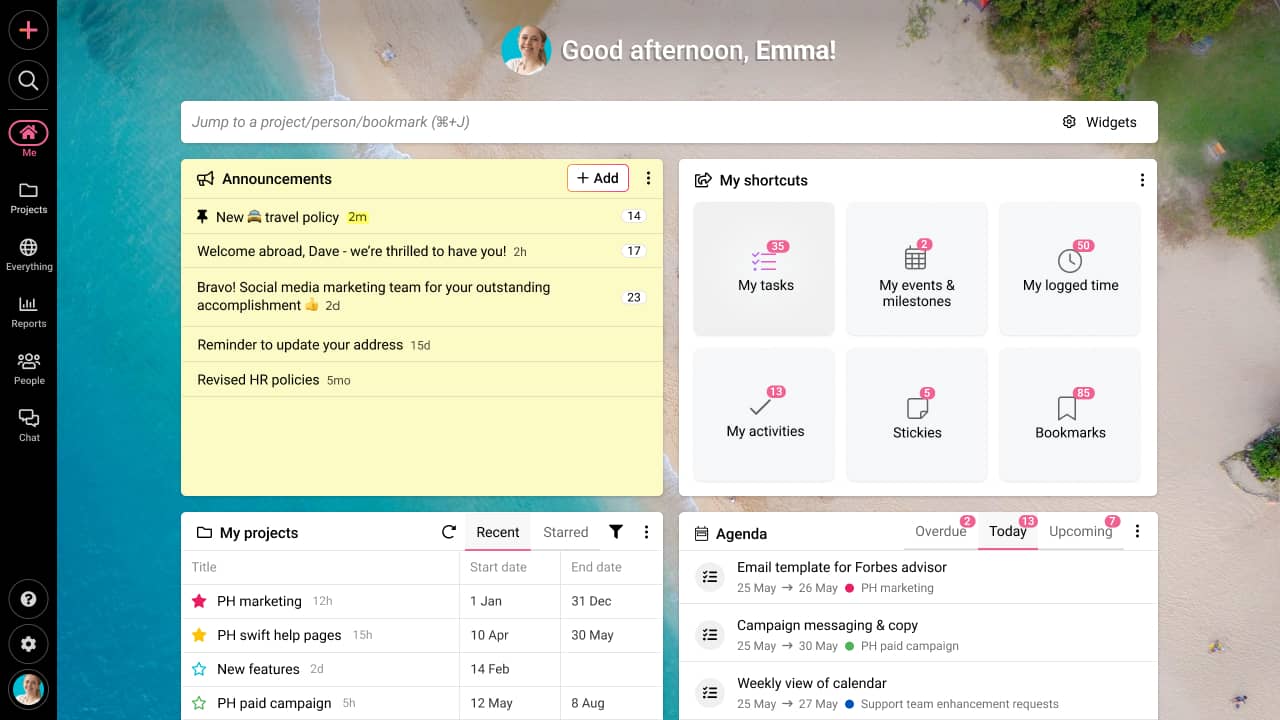
ProofHub is an all-in-one project management software that streamlines strategic planning by bringing focus and clarity to your plan. With all the advanced features consolidated under one roof, strategists do not require multiple applications to execute strategies seamlessly. They can leverage insightful foresight to identify potential roadblocks, minimize risks, and promote proactive problem-solving. Also, having a clear view of tasks and responsibilities also keeps teams aligned with a shared vision and effectively achieves milestones.
Key features:
- Map out strategic initiatives by defining goals, setting dependencies, and assigning ownership.
- Gantt chart to build a visual timeline for your milestones, deliverables, and deadlines.
- Multiple customized reports like resource capacity, project status, time utilization, and workload to analyze work status, team performance, and potential loopholes.
- Online proofing to review and share feedback on strategic documents.
- Robust collaboration features like discussion, chat, @mentions, and notes to loop team members in on your strategic plan.
Pros:
- Easy and intuitive user interface with all-in-one functionality.
- Highly customized platform to tailor to your specific needs.
- Supports scalability with its flat and no per-user pricing.
- Caters to global users with multilingual support and time zone settings.
- Provides comprehensive to granular level control over teams and projects.
Cons:
- Not recommended for solopreneurs and freelancers.
- Invoicing is accessible via integration only.
Pricing:
You can know ProofHub’s plans on the Pricing page!
User ratings:
- G2: 4.5
- Capterra: 4.6
2. Airtable
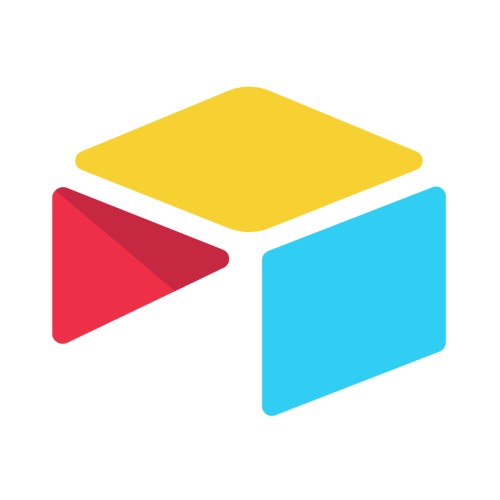
Airtable is a database management tool with a spreadsheet-like interface. It captures all your plan information – from macro-level insights to smaller details into one board. It allows you to assign tasks, track goals, and collaborate with the team – all in a unified space. Also, you can evaluate progress via dashboards configured with customizable extensions.
Key features:
- Shared data ensures everyone has access to a single and centralized source of truth.
- Sync keeps everyone informed of real-time updates.
- Built-in case-specific templates to get started in no time.
Pros:
- Intuitive and user-friendly interface.
- Integrates with a range of third-party applications.
- Supports real-time collaboration features.
Cons:
- There are collaboration limits for each database (or base, as they like to call it).
- A free plan doesn’t get you access to the project timeline and data dependencies.
- Expensive in comparison to what it offers.
Pricing:
The three paid Airtable plans are:
- Team: $20/seat/month when billed annually
- Business: $45/seat/month when billed annually
- Enterprise Scale: Contact team for custom pricing
User ratings:
- G2: 4.6
- Capterra: 4.7
Also, check out our list of the best Airtable alternatives
3. Cascade
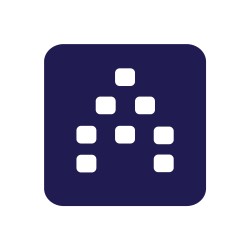
Cascade is a comprehensive strategy execution platform based on the OKR strategy framework. This means you can create quality OKRs and align them with the strategy for effective execution and alignment across the organization. You can keep your strategy, defining mission, key results, and actions in focus by sharing them with others.
Also, it offers tools such as performance tracking to monitor your KPIs and reports to capture advancements toward objectives.
Key features:
- 1000+ strategy templates to avoid scratch work.
- Widget library to add custom visualizations to the dashboard.
- Metrics library to centralize your goals in one frame.
Pros:
- Supports strong integration capabilities.
- Offers a collection of free strategy resources, like toolkits, ebooks, and more.
- Provides a guide for users to get used to its interface.
Cons:
- The free plan is limited to four users.
- No in-house collaboration features and functionalities.
- Does not support multiple languages.
Pricing:
Cascade has one free plan and two paid plans.
- Essentials: You have to connect with the team for a tailored pricing solution
- Enterprise+: Contact team for custom pricing
User ratings:
- G2: 4.7
- Capterra: 4.9
4. Tempo

Previously known as LiquidPlanner, now (Tempo Portfolio Manager), it is a project management software with innovative solutions to support strategic planning. The smart schedule bars in your roadmap define the estimated completion timeline, along with a red schedule risk alert showcasing possible Target Finish (a term used for deadlines). Moreover, it depends on Slack integration to facilitate team coordination.
Key features:
- Priority-based scheduling to work on what is important.
- Insightful dashboards to get a glance at project data.
- Range estimates to schedule tasks and define uncertainty.
Pros:
- Ultimate plan users can have more than one workplace.
- Provides intelligent and automatic scheduling and resource-leveling.
- Promotes transparency across your strategic plan.
Cons:
- You cannot customize access roles and controls in essentials and professional plans.
- There is a limit to the number of tasks in the low-tier plans.
- Does not provide a mobile application.
Pricing:
LiquidPlanner offers three pricing plans:
- Essentials: $15/user/month when billed yearly
- Professional: $28/user/month when billed yearly
- Ultimate: $42/user/month when billed yearly
User ratings:
- G2: 4.2
- Capterra: 4.3
Explore the list of best LiquidPlanner alternatives to drive efficiency to your strategic plan
5. Profit.co

Profit.co is an OKR-based software designed to assist you in building and executing your strategy with precision. You can use it to create task boards for each task and team so that nothing slips through and goes unnoticed. Also, you can conduct employee performance reviews to ensure their efforts align with your overarching goals.
Key features:
- Task boards for easy task organization and tracking.
- Alignment dashboards to see how company goals align with team efforts.
- Heatmaps and dashboards to measure progress and spot bottlenecks.
Pros:
- Provides a comprehensive set of features to support OKR.
- It is easy to measure task progress of both measurable and trackable KPIs.
- 400+ in-built and customs KPIs to track results.
Cons:
- No built-in chat is available.
- Offers only a board view for visualizing your workflow, lacking multiple task views.
- The extensive functionality feels overwhelming to users.
Pricing:
Profit.co offers two primary modules:
- OKRs & Task Management and Performance Management & Goals. You need to book a demo or contact the sales team for customized bundled purchases.
User ratings:
- G2: 4.7
- Capterra: 4.8
6. monday.com

monday.com is a powerful work management platform that can enhance strategic planning. It supports project management and team collaboration through multiple task views, templates, dashboards, and automation. Apart from providing insights through customizable dashboards, it enables you to build custom workflows for your strategic plan.
It also provides solutions for CRM and development teams.
Key features:
- Customizable dashboards to support data-driven decision-making.
- 200+ customizable project templates to avoid wasting time in the initial setup.
- Workload view for fair job distribution and effective resource management.
Pros:
- Minimal learning curve.
- Promotes seamless and robust collaboration among teams.
- Provides 24/7 live customer support.
Cons:
- You cannot purchase any plan for a single user. You need to pay at least 3 seats.
- Features like time tracking and Gantt view are available in high-tier plans.
- Offers limited task dependencies compared to other tools.
Pricing:
Apart from monday.com’s free plan, the other four paid plans are:
- Basic: $9/seat/month (billed yearly)
- Standard: $12/seat/month (billed yearly)
- Pro: $19/seat/month (billed yearly)
- Enterprise: Contact the sales team for enterprise-scale features
User ratings:
- G2: 4.7
- Capterra: 4.6
Look if Monday.com stands the test of effectiveness with our review of monday.com
7. ClearPoint Strategy
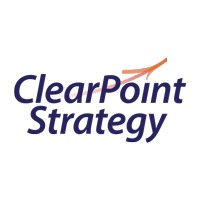
ClearPoint Strategy is a well-known name in the strategic planning software market. From building strategies to aligning them to objectives and key results and providing actionable insights to obtain the goals faster, seamless strategic management is facilitated. Also, it is flexible enough to adapt to your business models and enhance your current processes.
Key features:
- Discussions, reminders, notifications, @mentions for real-time collaboration.
- Tracking dashboard to keep work on track.
- Automated workflow to consolidate updates from strategy owners.
Pros:
- A great user-friendly, intuitive, and flexible interface.
- Keeps everyone updated with a daily digest of changes and requests.
- Saves time wasted in generating and distributing reports by scheduling them.
Cons:
- The starter plan is limited to five uses.
- Lacks features to support workload management.
- You cannot configure role-based access in lower-tier plans.
Pricing:
Offers three pricing plans: Starter, Pro, and Enterprise. You need to contact the team to get a quote on all the plans.
User ratings:
- G2: 4.7
- Capterra: 4.9
8. ClickUp

ClickUp is one of the popular cloud-based project management software with powerful features, including whiteboards, dashboards, projects, task collaboration, and more. By customizing fields and defining milestones, you can effectively build your roadmap and communicate it to involved stakeholders. Also, it has ClickUp University with helpful resources to help users navigate through the interface without hiccups.
Key features:
- Visual roadmaps to execute your strategic plan.
- Whiteboards to brainstorm ideas and collaborate in real-time.
- Customized dashboard to focus on what matters the most.
Pros:
- The free plan is suitable for single users or freelancers.
- Tasks can directly be converted from whiteboards.
- Similar goals can be seamlessly grouped into a single folder for easy tracking.
Cons:
- Overwhelming user interface.
- No security measures are offered, even in the most popular Business plan.
- Advanced features like time tracking and goal management are available only in top-tier plans.
Pricing:
Apart from it free plan, ClickUp offers three pricing plans:
- Unlimited: $7/user/month on annual billing
- Business: $12/user/month on annual billing
- Enterprise: Contact the sales team for advanced features
User ratings:
- G2: 4.7
- Capterra: 4.6
To see how ClickUp stacks against other tools, check out our guide to the best ClickUp alternatives
9. Adobe Workfront
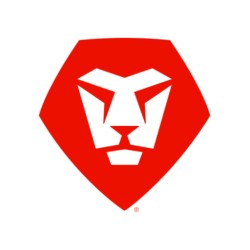
Adobe Workfront is a great tool for enterprise-grade work management activities and processes. Workfront lets you create and compare scenarios, automate task assignments, and seek real-time updates, promoting responsive strategic planning. It offers robust integration with other Adobe applications like Creative Cloud and Experience Manager, along with other popular applications, including G-suite.
Key features:
- Goal alignment to ensure the team’s daily contributions align with the company’s long-term vision.
- Check-in conversations to collaborate and exchange feedback.
- Insightful reports with customized reporting elements.
Pros:
- Supports agile methodologies.
- Promotes greater transparency throughout project workflow.
- Supports data-driven decision-making by transforming complex information into meaningful insights.
Cons:
- Not suitable for small businesses.
- No transparent price listing on the website.
- The Select plan does not support strategic planning.
Pricing:
Adobe offers three paid pricing plans named, Select, Prime, and Ultimate. To get a customized quote on each plan, you need to contact the team.
User ratings:
- G2: 4.1
- Capterra: 4.4
10. Wrike

Wrike is a dynamic project management platform with enterprise-grade features to streamline workflow and support strategic planning. Using Wrike, you can gain insights into team utilization through pre-built reports and track if the team efforts align with shared goals. Additionally, it assists organizations in communicating plans across the departments, keeping everyone informed about every step of the process.
Key features:
- Report builders to gain insights and make decisions in strategic direction.
- Dashboard templates to enhance transparency among stakeholders.
- Internal and external collaboration features to streamline communication.
Pros:
- Supports a great range of integrations.
- Highly customizable and collaborative platform.
- Easy to invite collaborators to the interface even in a free plan.
Cons:
- Advanced reporting and team utilization dashboards are limited to the Enterprise plan.
- Its free plan has limited capabilities, making it less suitable for large or complex projects.
- No built-in chat is available. Can only be accessed through Slack integration.
Pricing:
Wrike offers four pricing plans, including one free plan.
- Team: $9.80/user/month (billed annually)
- Business: $24.80/user/month (billed annually)
- Enterprise: Contact teams for enterprise-level security
- Pinnacle: Reach out to the team for advanced features
User ratings:
- G2: 4.2
- Capterra: 4.3
Explore everything you need to know about Wrike project management software with our comprehensive guide
11. Aha!

Aha!, marketed as a complete product management solution, is a great tool for teams to build strategic product development plans. It is a perfect tool for blending the two dimensions of strategic planning and agile methodology. You can either build your customized roadmap by simply dragging and dropping goals or choose from multiple purpose-built templates and get started in seconds.
Key features:
- 75+ pre-built product reports and 200 data fields.
- Use Gantt charts to create a visual strategic roadmap.
- Shared dashboard to monitor real-time progress.
Pros:
- Effortlessly prioritize customer feedback based on value and bring it to the roadmap.
- You can seamlessly create a roadmap and share it with teams to run quickly.
- Linking product goals to strategic initiatives for direct action.
Cons:
- The per-user pricing plan structure of the tool is expensive.
- Not suitable for teams with a smaller employee base.
- Best suited for users familiar with product development features.
Pricing:
Aha! offers three pricing plans –
- Premium: $59/user/month (on annual billing)
- Enterprise: $99/user/month (on annual billing)
- Enterprise +: $149/user/month (on annual billing)
User ratings:
- G2: 4.4
- Capterra: 4.7
What are the features of strategic planning software
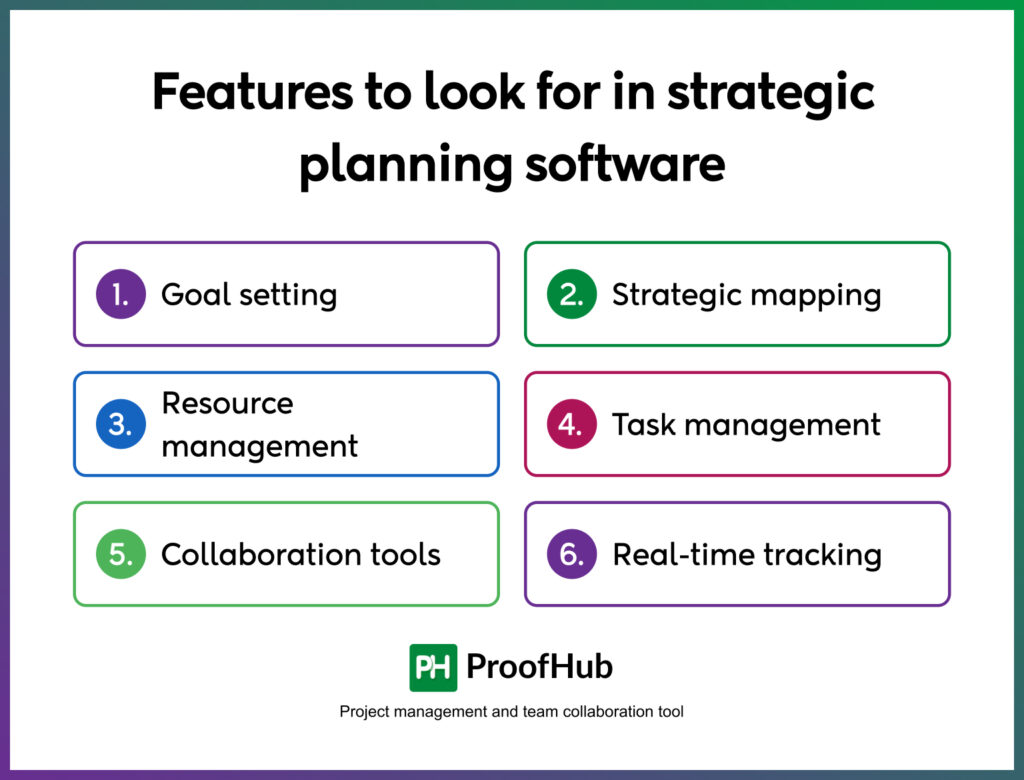
Now that you understand strategic planning software and have explored your options, here is a list of features to look for. These will help you find the software that best compliments your business workflow.
- Goal setting: A good strategic planning tool helps you define your strategic goals to ensure shared understanding across the organization. Not only that, but you can also prioritize and track your goals with the software.
Learn more about work organizational goals and effective ways to reach them
- Strategic mapping: Strategy maps are necessary to visualize strategic plans and other components. These maps help illustrate how different strategic initiatives are interconnected, giving you a clear view of your plan’s structure and alignment.
- Resource management: A strategic management tool helps you align your resources to strategic goals. By looking into resource utilization and workload, you can ensure that you are utilizing your assets effectively and focusing efforts on the right initiatives.
- Task management: The software you choose should be able to provide you with granular control over tasks. With this functionality, you can break down your strategic initiatives into actionable tasks, set deadlines, delegate responsibilities, ensuring clear accountability and progress tracking.
- Collaboration tools: Your strategic plan isn’t something that must be built and implemented in silos. Choose software that offers features for communication, collaboration, idea sharing, real-time updates, proofing, and helping everyone contribute towards common goals.
- Real-time tracking and reporting: The tool you choose must support data and information visualization using real-time reports. You should be able to track your goals, KPIs, and performance for strategic plan adjustment as and when required.
What are the benefits of strategic planning software
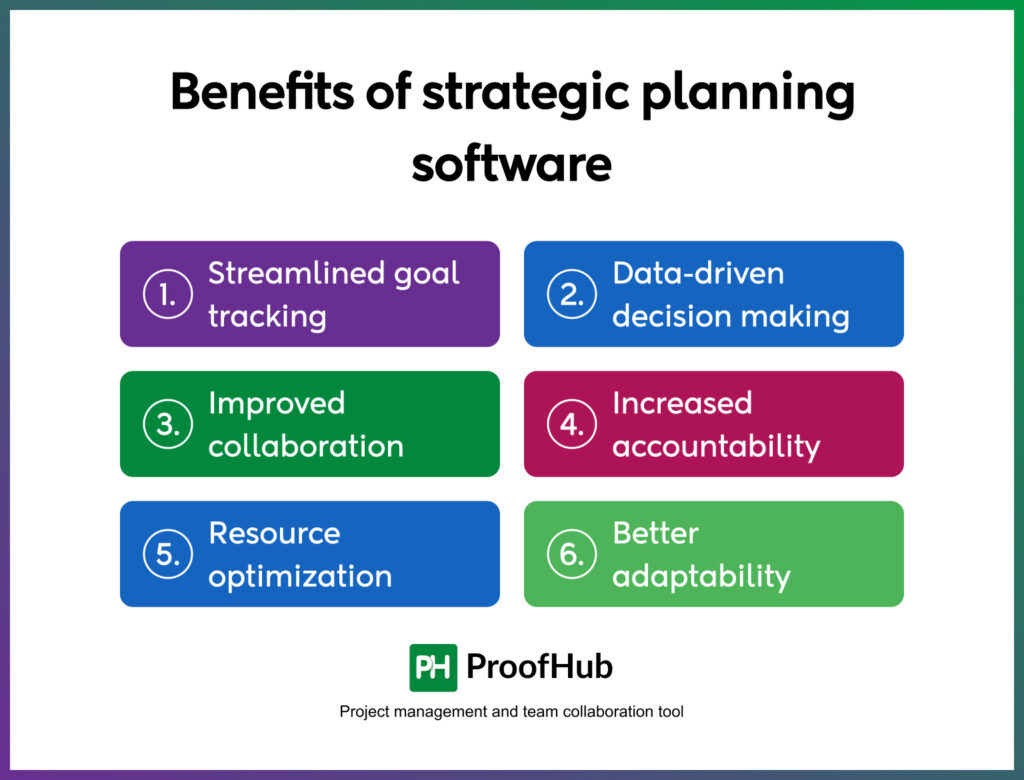
Strategic planning application software enhances the strategic planning process and helps organizations achieve optimal execution. Even though companies with business plans grow 30% faster, implementing strategic planning software amplifies this growth even further.
Let’s explore other benefits you can gain from strategic planning software.
- Streamlined goal tracking: Setting ambitious goals is the basis of building a strategic plan. With an SPS tool, you can easily define your business objectives, milestones, and key performance indicators. This ensures everyone clearly understands what they are expected to achieve.
- Data-driven decision making: The software consolidates real-time performance and past result data points for you to analyze and interpret. You can use the information to measure operational efficiency, identify risks, tailor strategies, and make data-driven decisions.
- Improved collaboration: Strategic planning software creates a unified workspace for brainstorming discussing ideas, sharing updates, and collaborating in real-time. Enhanced transparency and cohesion among team members lead to more effective planning and execution.
- Increased accountability: One study suggests that only 5% of company employees completely understand the company strategy. However, strategic planning software increases this figure by facilitating shared visibility and ensuring everyone takes responsibility for their tasks.
- Resource optimization: SPS software optimizes your resource allocation process by identifying which resources are underutilized and which are overextended. With this information, you can successfully and strategically plan and allocate your resources.
- Better adaptability: The software increases your ability to quickly adapt to market changes and stakeholder requests, ensuring your plan’s long-term sustainability. By getting these insights, you can adjust strategies and bring everyone on the same page.
Tips to choose the right strategic planning software for business
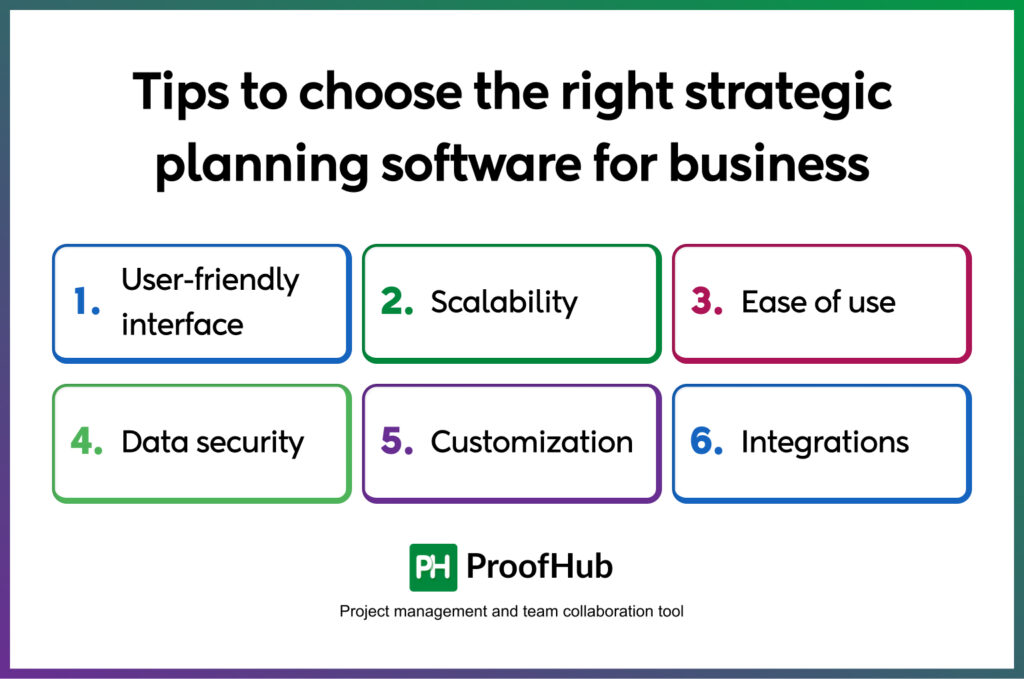
While different strategic planning software offers different features and capabilities, you must evaluate your options based on some additional parameters.
- User-friendly interface: Choose software that offers an intuitive, user-friendly interface with a lower learning curve. You and your team must be able to navigate it with ease and without any hiccups.
- Scalability: An SPS software should be able to scale with your business growth. Also, remember that it should accommodate increasing users and evolving features without adding financial burden.
- Ease of use: The software you choose should be straightforward and efficient. Your team should not struggle to keep up with the tools to meet their daily goals. Also, it should offer a mobile app for on-the-go accessibility, ensuring your team can stay productive from anywhere.
- Data security: Security is a major concern for data-driven companies, especially enterprise powerhouses. Therefore, your chosen tool must offer advanced security features to safeguard sensitive information.
- Customization: Strategic planning software should not be rigid in its approach and usability. It should be flexible enough to modify it to your needs and strategic plan requirements.
- Integrations: When evaluating strategic planning software, look for its ability to integrate with other third-party user applications. This connectivity ensures all components of your organization are functional and in alignment with your strategic plan.
Conclusion
Strategic planning is not a yearly or quarterly event, but a continuous process. Where spreadsheets fail to adapt to evolving needs, strategic planning software provides the tools necessary to keep your plans responsive and robust.
Despite the abundance of strategic planning software, selecting the right software can be overwhelming. However, remember, that the right SPS software aligns with your organizational preferences, enhancing your ability to achieve your strategic vision and drive growth.
FAQs
How does strategic planning software improve decision-making?
Strategic planning software allows you to define goals, build strategies, allocate resources, facilitate collaboration, and provide data-driven insights to make decisions far beyond intuitive guesswork and more practical.
How long does it take to implement strategic plan?
Although there is no standard timeline that defines the exact duration for successful strategic plan development. The time frame, however, varies from weeks to months, depending on every organization’s unique requirements. Factors influencing the timeframe include the complexity of goals, the availability of resources, and the efficiency of the decision-making process.
How do I measure the effectiveness of strategic planning software?
There are various parameters such as measuring KPIs, tracking milestones, analyzing overall business performance, and collecting feedback from users to understand how the software impacts daily operations and decision-making.
How do I choose the right strategic planning software for my business?
There are various parameters to look for when making the selection of the right strategic planning software for your business.
- Start by identifying your business-specific needs and goals. Considers factors like team size, complexity of strategic plans, and necessary features.
- Look for the functionalities you need such as goal setting, collaboration tools, security measures, reporting capabilities, and more.
- Read user reviews on software review websites like G2 and Capterra to gather real-life experiences with the software.
- Consider scalability by ensuring software grows with your business and adapts to changing needs without excessive costs.

